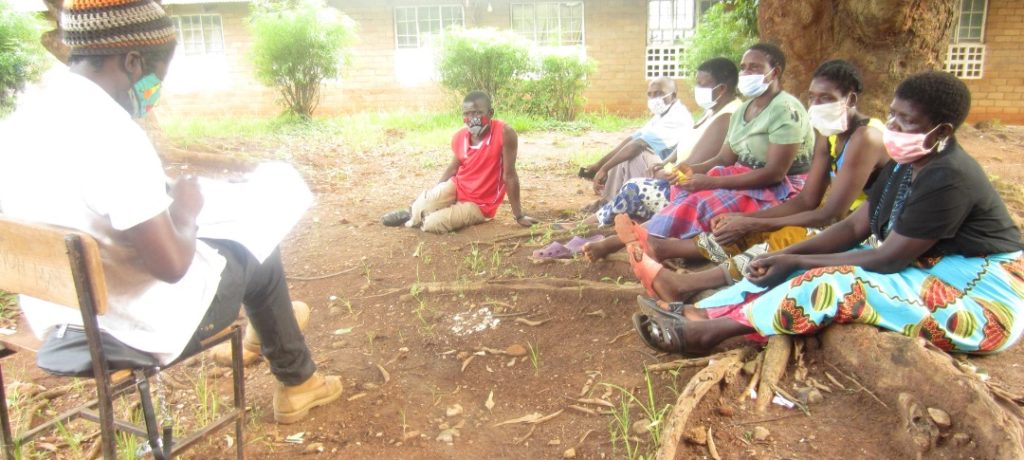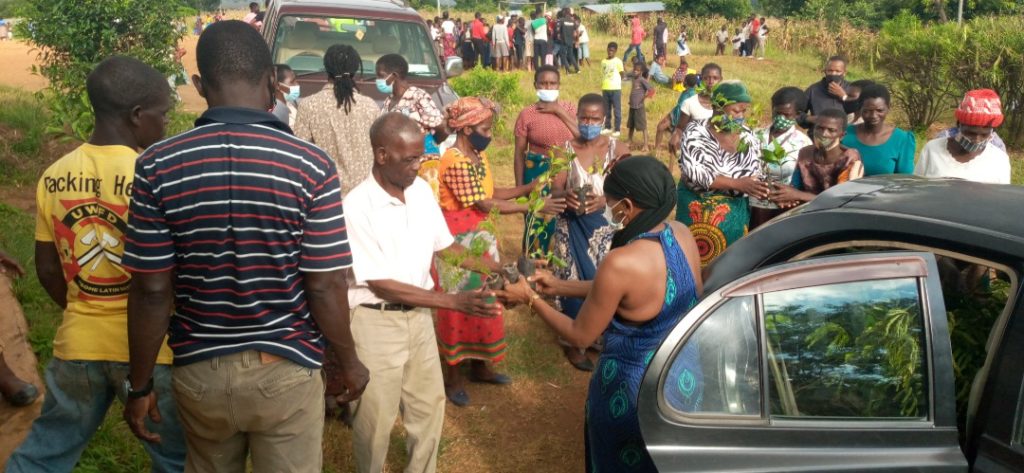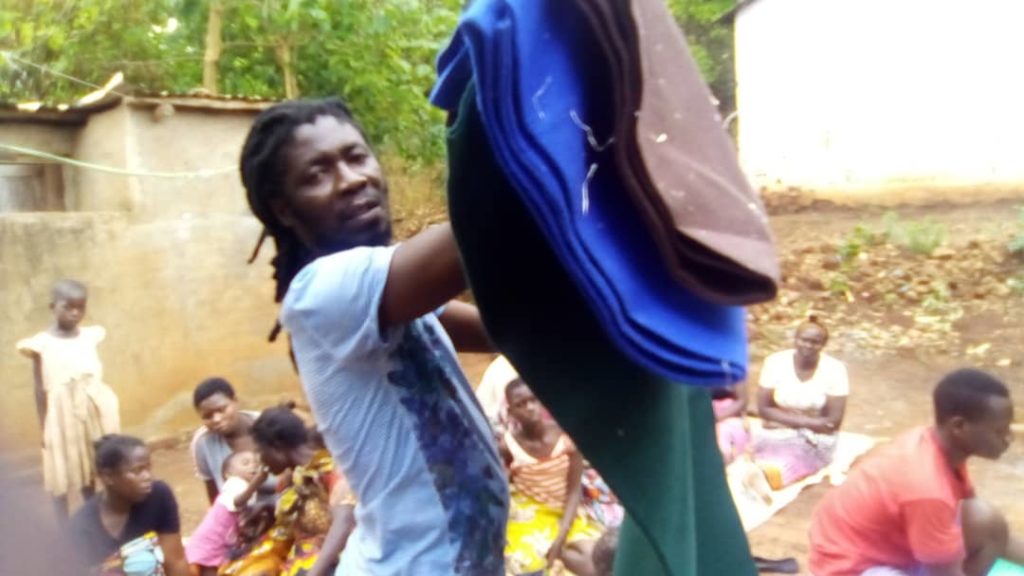Integrated Participatory Community Development & Resilience Strengthening
Background
Malawi is ranked among the lowest countries in the world in human development with a ranking of 174 out of 189 countries and territories on the UNDP Human Development Index and an estimated 80% of the population living below the poverty line. Accordingly, villages and townships in Malawi suffer from extremely low access to basic income and social services. A description of the lack of access to income is provided in the background of the initiative on ‘Livelihood, Life, and Entrepreneurial Skills Training for Vulnerable and Disadvantaged Youth’. Health care services access is limited due to insufficient facilities, equipment, qualified personnel, and costs to patients. Although the direct cost of such services is free to those who can get to such facilities, only 46% of citizens live within 5km of any kind of health facility. So transportation costs prohibit many people from receiving these services. In education, the overall literacy rate of approximately 65% is one of the lowest in Sub-Saharan Africa. The increase in enrollment following the introduction of mandatory free primary education in 1994 only increased the student to teacher ratio such that education quality decreased without commensurate increases in teachers, learning materials, and school buildings and sanitation facilities. Only 6% of people have access to such sanitation facilities in their communities as well. This contributes to spread of water-borne diseases such as cholera with 78% of children aged two and under experiencing acute diarrhea and vector-borne diseases such as malaria with Malawi ranking among the top 20 countries in malaria prevalence and mortality rates. And, although 80% of the population has access to improved drinking water such as through boreholes, 20% has no such access and others don’t have dependable access due to disruptions in functionality of these boreholes. Malawi is one of the least electrified countries in the world with only 11% of the population connected to electricity. The dependency of the majority of people on firewood and charcoal for cooking has contributed to extreme deforestation and resulting exacerbation of negative flood, storm, drought, and soil erosion effects. Governance to help improve this poor human development situation involves chiefs and development committees but often lacks effective participation in committees for maintenance and improvement of such basic services in the poorest communities.
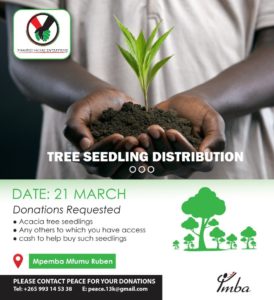
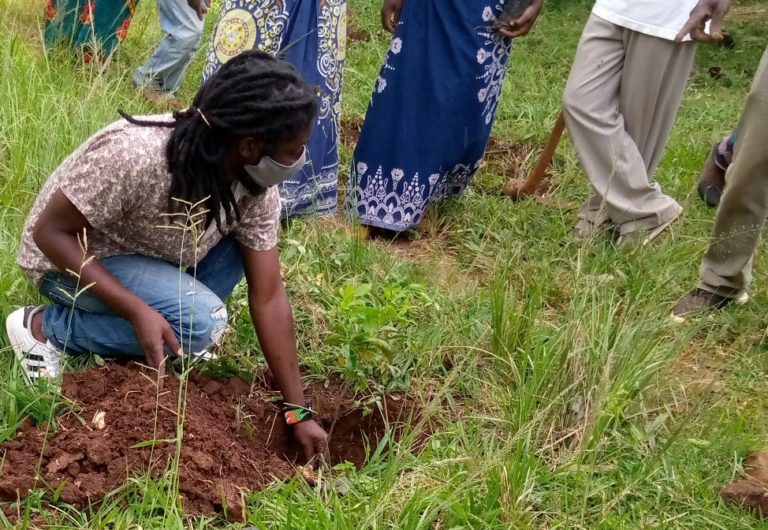

Approach
Rather than focusing on individual problems that a community currently faces as the entry point to solutions, Pamodzi Social Enterprise employs an integrated approach to understanding how the community would look overall if it was to be functioning well now and in the anticipated future. One of the most important aspects of this approach is working with the chief, village development committees (VDCs), and groups of self-determined volunteer subcommittees to improve their abilities to discern what solutions can address their problems as they are changing. In this manner, local perceptions of how to address individual current and future problems with water access, sanitation, hygiene, physical and mental health care, nutrition, education, power, and agricultural and non-agricultural livelihoods in the local context are bridged with lessons learned about good practices to address them in other contexts to determine what combination of solutions will be able to continually evolve to result in the best short-term and longer-term health and well-being outcomes.
In the initial phase of this initiative, we have developed trust in three selected relatively impoverished communities in southern Malawi. This was done through initially engaging with these communities’ elderly people and, in one case, the association of blind persons. With the assistance of donations from private donors such as Nu-Line Textiles and Dzuka Africa Organization, they were provided with needed clothing and food items while being helped to become less vulnerable to transmission of COVID-19. This has led to formation of the subcommittees under the VDCs and initial stages of assessments of appropriate solution approaches to address prioritized access constraints. After co-developing plans for phases of solution testing, interventions, and evaluation-based modifications, the subcommittees will take full responsibility for decision-making and the evolution of actions thereafter.
